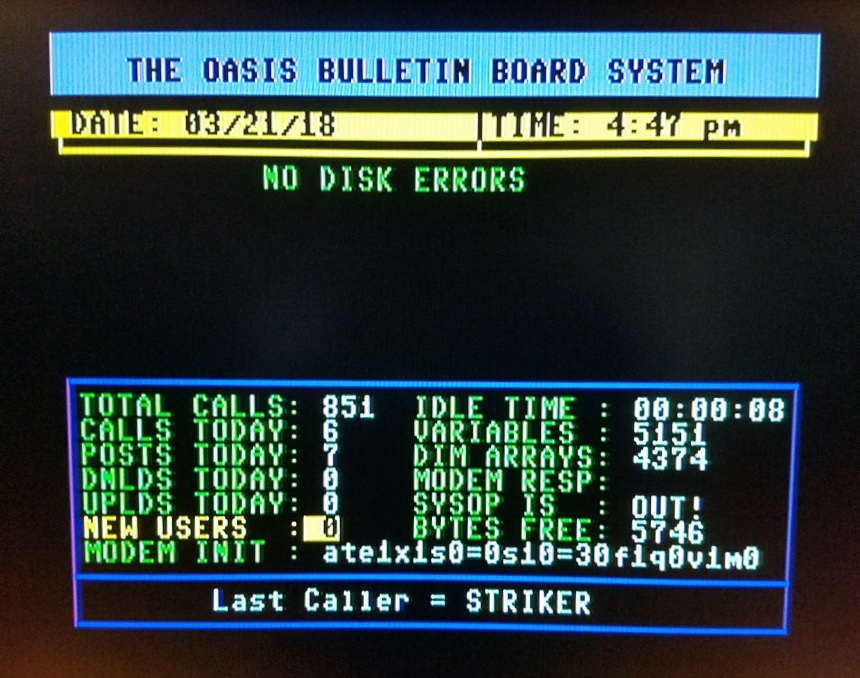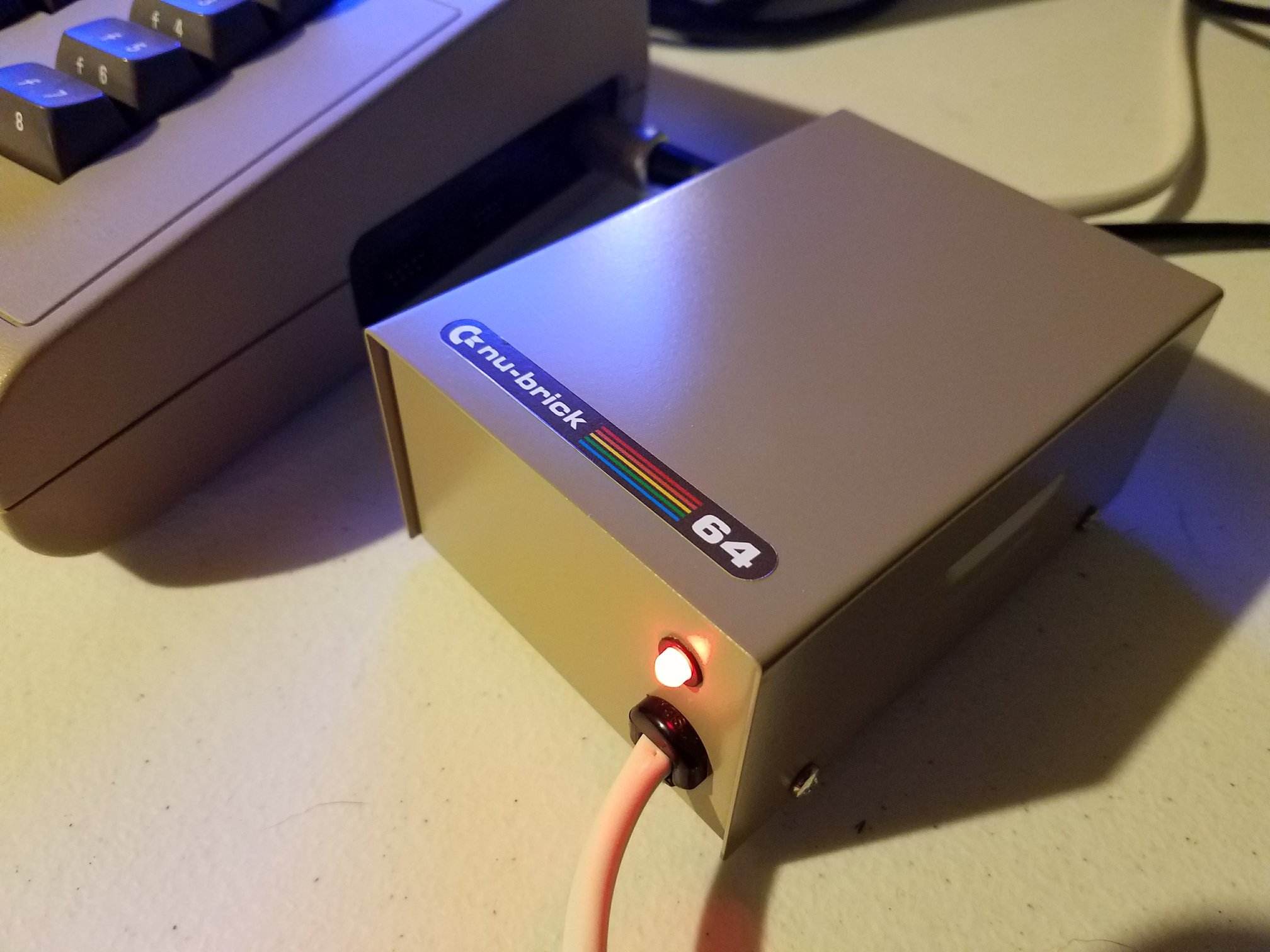In a new video from Pixel Playback, the Amiga CD32 gets the spotlight it rarely received during its short life on store shelves. Commodore’s 32-bit console didn’t just aim to compete—it tried to outclass. Built on the same architecture as the Amiga 1200, the CD32 was more than a disc-based gaming machine. It was a halfway step between console and computer, and for a brief moment, it looked like a smart move.
The video breaks down what made this oddball system stand out. CD-quality audio? Check. Full-motion video playback? Yes, with the right add-ons. Modular expandability? Absolutely. Owners could plug in a keyboard, mouse, and even a hard drive, essentially converting the unit into a full Amiga 1200. That flexibility gave it a serious edge over cartridge-based systems of the early ‘90s.
It didn’t stop at hardware. The Amiga CD32 had a region-free design, letting gamers load up titles from different markets without restrictions. Combine that with vibrant 2D graphics, and you had a platform that should’ve been a developer’s dream. But things didn’t go according to plan.
The video outlines how Commodore’s financial and legal troubles derailed what could’ve been a winning format. The CD32 never officially made it to the U.S. due to a patent dispute, and sales outside Europe never took off. Marketing was inconsistent, and the console was often misunderstood—too complex for casual buyers, too limited for serious Amiga users.
Despite all that, the CD32 carved out a small but passionate following. This retrospective walks through key features, shows gameplay, and explains where it fits into the broader story of 1990s tech. It’s a clear reminder that potential doesn’t always lead to success, especially when a company runs out of time and money.







